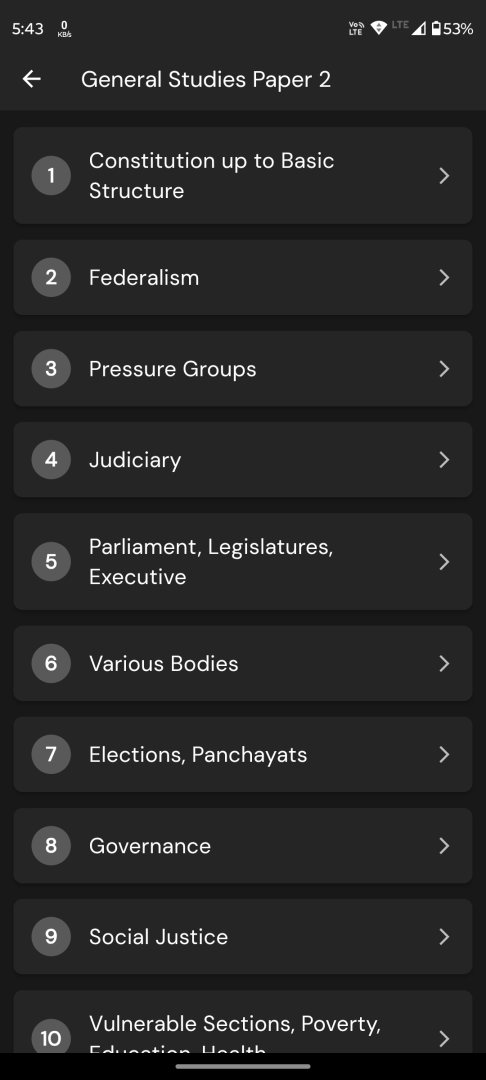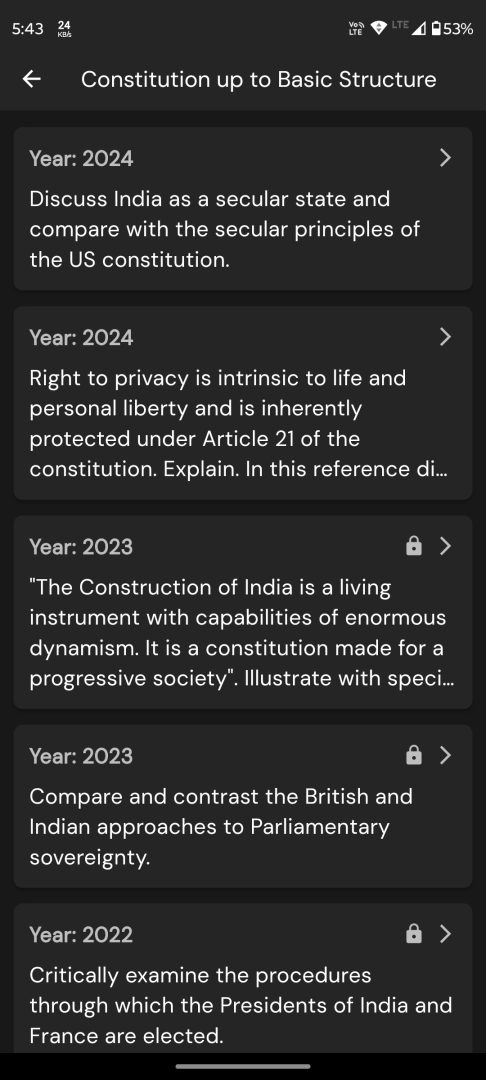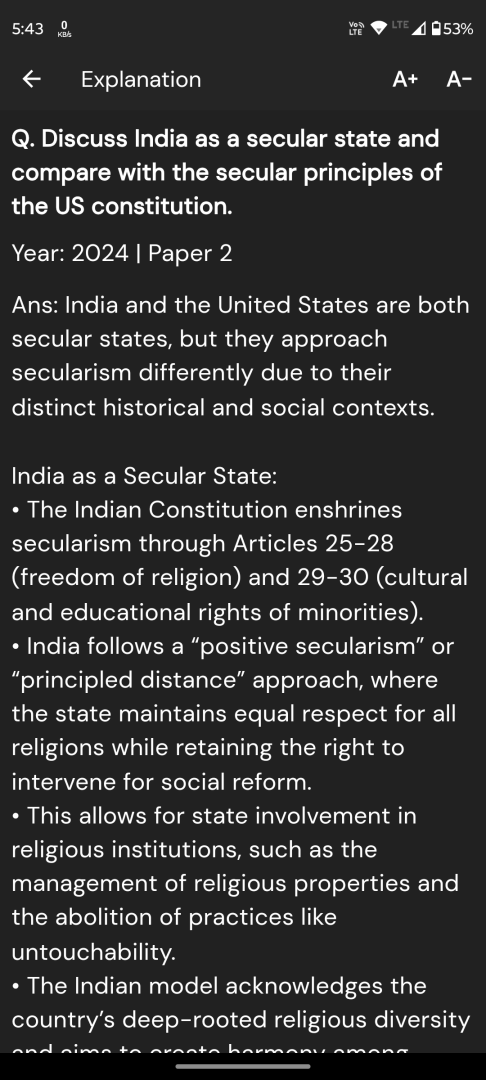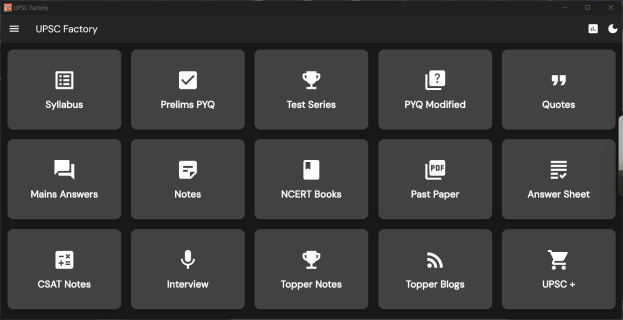Q. Explain how the Fiscal Health Index (FHI) can be used as a tool for assessing the fiscal performance of states in India. In what way would it encourage the states to adopt prudent and sustainable fiscal policies?
UPSC Mains 2025 GS3 Paper
Model Answer:
The Fiscal Health Index (FHI), developed by NITI Aayog, serves as a comprehensive multi-dimensional assessment tool that evaluates states’ fiscal performance beyond single-metric analysis like fiscal deficit alone. It provides a holistic evaluation framework through five critical sub-indices that capture the complete fiscal landscape of Indian states.
FHI as an Assessment Tool:
The index employs five key parameters for comprehensive evaluation:
• Quality of Expenditure: Assesses whether state spending prioritizes long-term growth through capital expenditure on infrastructure, health, and education versus non-developmental recurring items like subsidies and freebies. States like Odisha excel here.
• Revenue Mobilization: Measures states’ capacity to generate own revenue through taxes and non-tax sources, indicating self-sufficiency levels and reducing dependence on central transfers. Gujarat demonstrates strong performance.
• Fiscal Prudence: Evaluates deficit management (fiscal and revenue) against FRBM Act targets, ensuring states maintain discipline in borrowing and spending patterns.
• Debt Index: Tracks debt burden and servicing costs, measuring interest payments as share of revenue. Punjab faces challenges here.
• Debt Sustainability: Assesses whether economic growth sufficiently manages long-term debt obligations, crucial for states like Kerala requiring reforms.
Encouraging Prudent Fiscal Policies:
The FHI motivates states toward fiscal discipline through multiple mechanisms:
• Competitive Federalism: Creates healthy inter-state competition through rankings. Odisha’s 2025 top position sets benchmarks, motivating others to improve fiscal management for better reputation and investment attraction.
• Benchmarking and Peer Learning: Enables states to identify weaknesses and adopt best practices from high performers like Chhattisgarh, facilitating knowledge transfer across states.
• Policy Nudge: Highlights specific vulnerabilities requiring urgent action. Low scores in particular sub-indices signal immediate reform needs, prompting corrective measures.
• Transparency and Accountability: Makes fiscal data publicly comparable, holding governments responsible for financial decisions and reducing fiscal profligacy.
• Performance-Based Incentives: Informs Finance Commission recommendations for grants and transfers, rewarding states demonstrating fiscal discipline through improved rankings.
Conclusion: FHI transforms fiscal management from compliance to performance-oriented governance, balancing discipline with development imperatives effectively.




